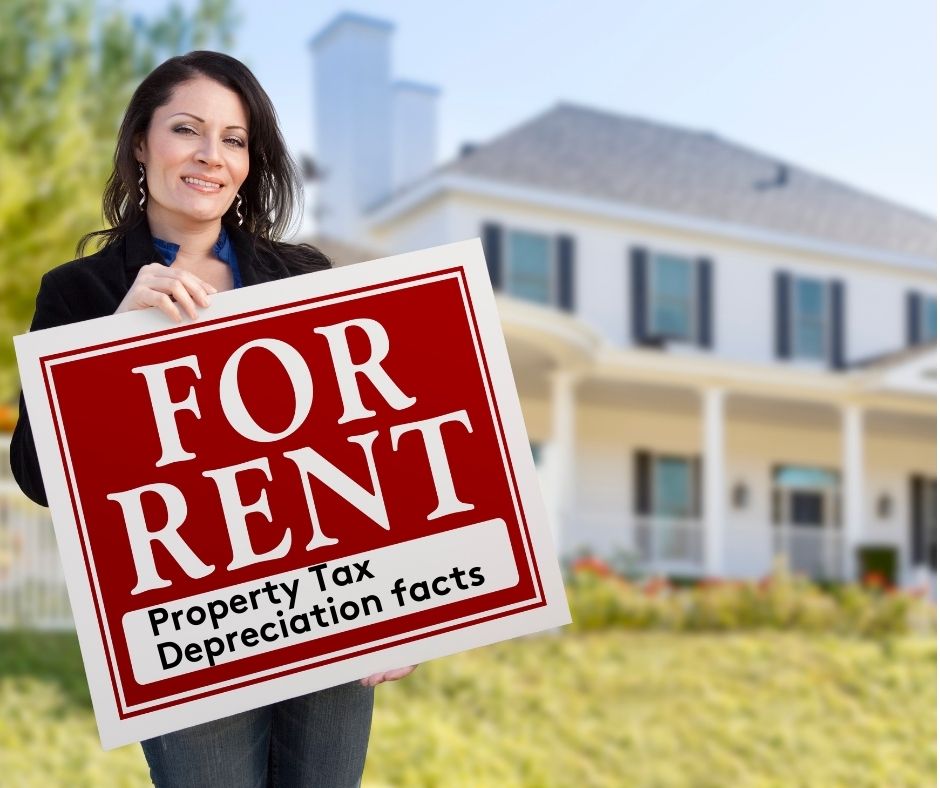
Property Depreciation Facts for Property Managers
Property Managers play a vital role in the upkeep of property assets and advising owners when plant and equipment items need replacing. If you’re a Property Manager, we would greatly appreciate your help to educate and inform property owners of the benefits of property depreciation. Specifically, its role in helping owners to manage cash flow better and gain a better return on their investment.
Some property owners are unaware that tax depreciation is the highest form of non-cash deductions they can claim for their residential investment properties. On average investors can claim thousands of dollars in depreciation each financial year to offset rental income earned and to reduce their personal income tax.
Owners of rental properties have valuable assets such as dishwashers, stove tops, ovens, range hoods, carpets, blinds, air conditioning, car stackers, hot water system, security systems, and much more. As tenants use these assets, their value declines. These items are known as depreciating assets, and their decline in value can be claimed as a deduction over several years, usually for their effective life.
Here are some facts to keep in mind when advising property owners of what they can claim as property depreciation.
- All residential properties used to generate income are eligible for depreciation allowances. How much you can claim will depend on the age of the building and the assets.
- Depreciation allowances enable property investors to reduce taxable income.
- Depreciation schedules offer Investors certainty of their tax deductions to manage their cash flow.
- 2.5 percent of the construction cost for a property can be claimed as capital allowances (Division 43) on new builds for up to 40 years.
- Properties purchased and used for investment prior to 9th May 2017 are eligible for depreciation allowances on the building (Division 43) and Plant & Equipment Assets (Division 40).
- Capital Allowances on second-hand or older properties are dependent on the age of the building. Depreciation on capital works or renovations to the building (Division 43) can be claimed.
- Second hand or older properties purchased after 9th May 2017, can only claim depreciation allowances for the Building, and any new plant and equipment items purchased for the property.
- Newly constructed properties, or those purchased direct from developers as investments can claim depreciation allowances for the Building and Plant & Equipment items for up to 40 years.
- On the 1st July 2019, the ATO made changes to the Effective Life of Assets legislation impacting 32 items claimable through Plant & Equipment Allowances (Division 40). Owners of existing investment properties will NOT be affected, as the legislation is grandfathered.
- Depreciation can be claimed on a portion of the total amount for shared areas in residential complexes including lifts, car parks, car stackers, foyers, pools, gyms, saunas, and tennis courts.
Fees for completion of Depreciation Schedules are 100% tax deductible. Schedules should be provided by Registered Tax Agents, nominally experienced and qualified Quantity Surveyors.
For more information on depreciation or to arrange a depreciation schedule contact the Property Tax team at info@nbtax.com.au or 1300 730 382.